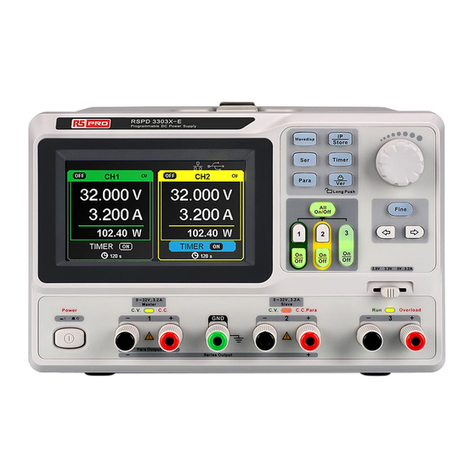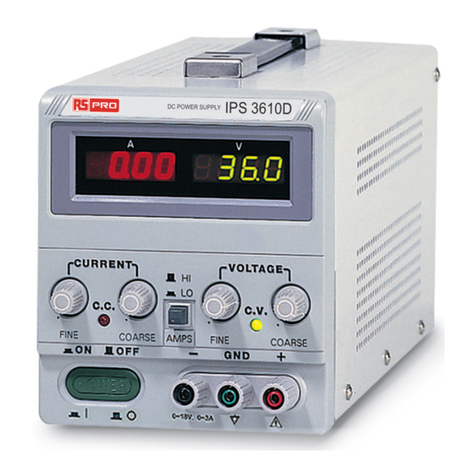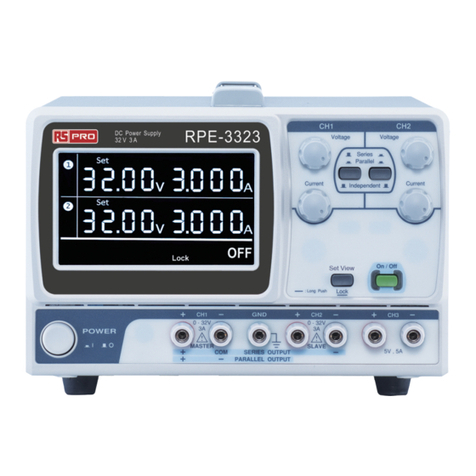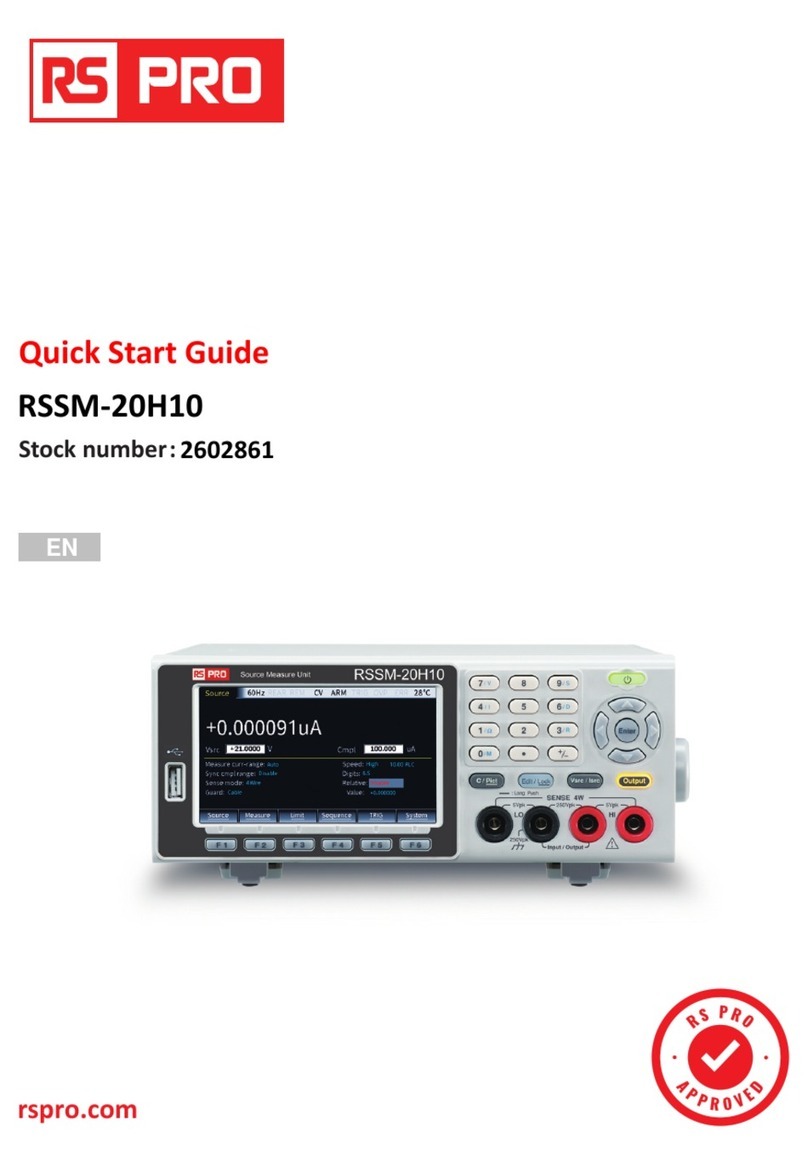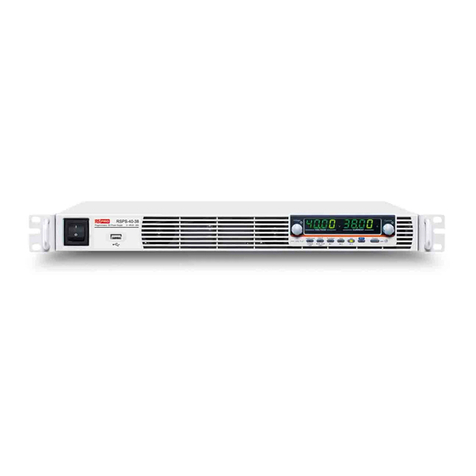IPS 303A & IPS 601A Power Supply
is herewith confirmed to comply with the requirements set out in the Council Directive on the Approximation of the Law of
Member States relating to Electromagnetic Compatibility (89/366/EEC, 92/31/EEC, 93/68/EEC) and Low Voltage Equipment
Directive (73/23/EEC). For the evaluation regarding the Electromagnetic Compatibility and Low Voltage Equipment Directive,
the following standards were applied:
EMC Directive 89/366/EEC amended by 92/31/EEC; 93/68/EEC
EN 50081-1 (1992):
Electromagnetic Compatibility- Generic Emission Standard.
Part 1: Residential, Commercial and Light Industry
EN 50082-1 (1992):
Electromagnetic Compatibility- Generic Immunity
Standard.
Part 1: Residential, Commercial and Light Industry
Conducted and Radiated Emissions
EN 55022 class B (1994) Electrostatic Discharge
IEC 1000-4-2: 1995
Current Harmonic
EN 61000-3-2 (1995) Radiated Immunity
IEC 1000-4-3: 1995
Voltage Fluctuation
EN 61000-3-3 (1995) Electrical Fast Transients
IEC 1000-4-4: 1995
Surge Immunity
IEC 1000-4-5: 1995
Voltage Dips / Interrupts
EN 61000-4-11: 1994
Low Voltage Equipment Directive 73/23/EEC
Safety Requirements
EN 61010-1: 1993+A2: 1995
IEC 1010-1 : 1990+A2: 1995
FOR UNITED KINGDOM ONLY
NOTE
This lead/appliance must only
be wired by competent persons
WARNING
THIS APPLIANCE MUST BE
EARTHED
IMPORTANT
The wires in this lead are
coloured in accordance with
the following code:
Green/
Yellow: Earth
Blue : Neutral
Brown: Live (Phase)
As the colours of the wires in main leads may not correspond with the colours marking
Identified in your plug/appliance, proceed as follows:
The wire which is coloured Green & Yellow must be connected to the Earth terminal
marked with the letter E or by the earth symbol or coloured Green or Green &
Yellow.
The wire which is coloured Blue must be connected to the terminal which is marked with
the letter N or coloured Blue or Black.
The wire which is coloured Brown must be connected to the terminal marked with the
letter L or P or coloured Brown or Red.
If in doubt, consult the instructions provided with the equipment or contact the supplier.
This cable/appliance should be protected by a suitably rated and approved HBC mains
fuse; refer to the rating information on the equipment and/or user instructions for details.
As a guide, cable of 0.75mm ²should be protected by a 3A or 5A fuse. Larger
conductors would normally require 13A types, depending on the connection method
used.
Any moulded mains connector that requires removal/replacement must be destroyed by
removal of any fuse & fuse carrier and disposed of immediately, as a plug with bared
wires is hazardous if a engaged in live socket. Any re-wiring must be carried out in
accordance with the information detailed on this label.






